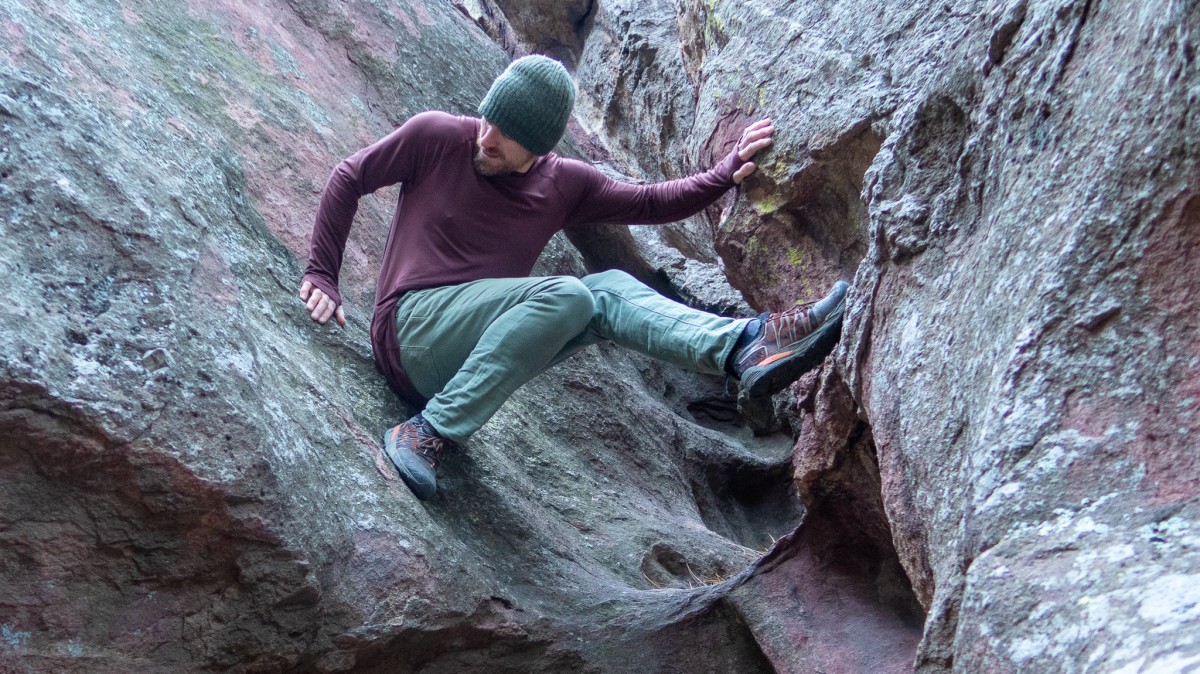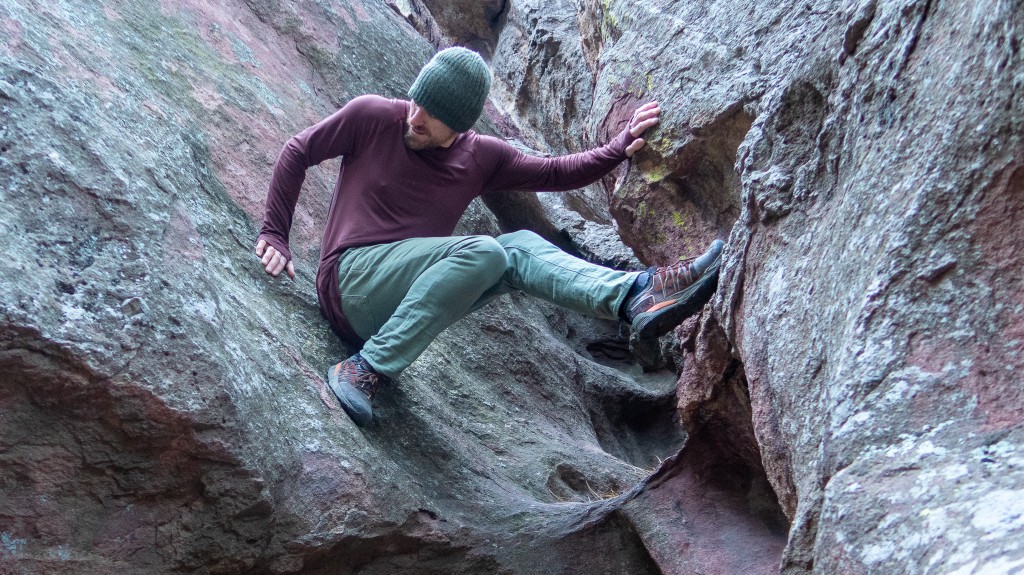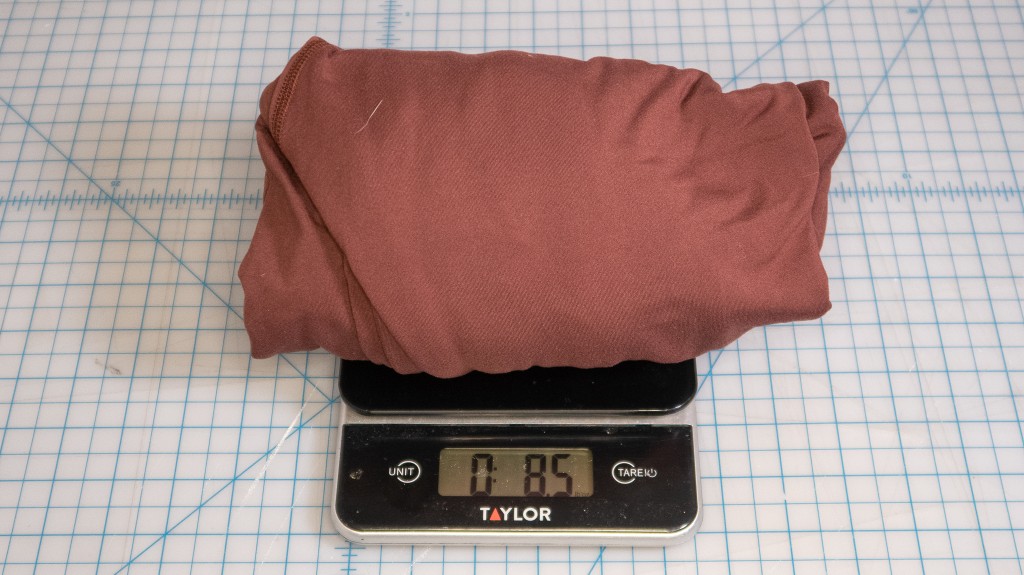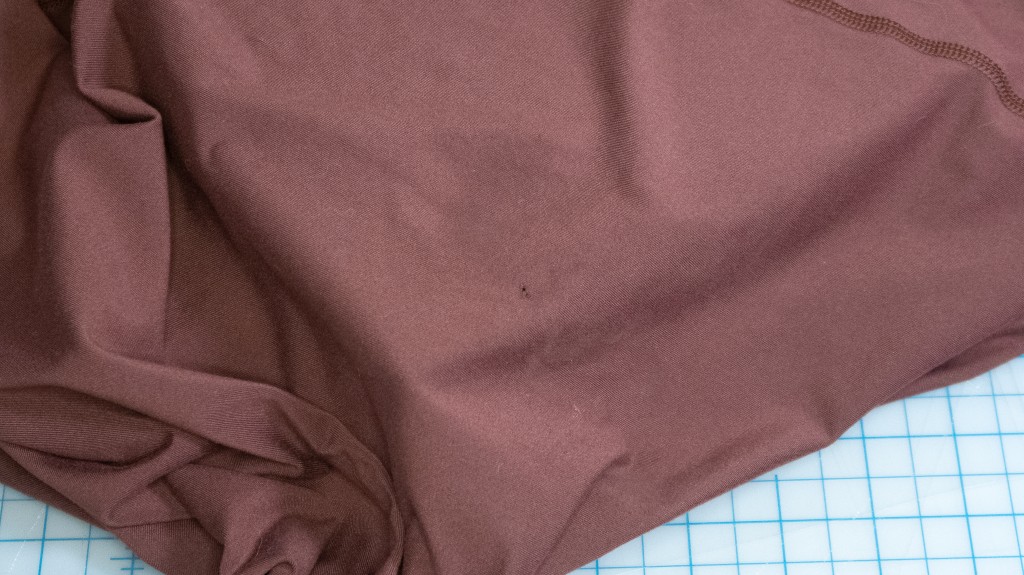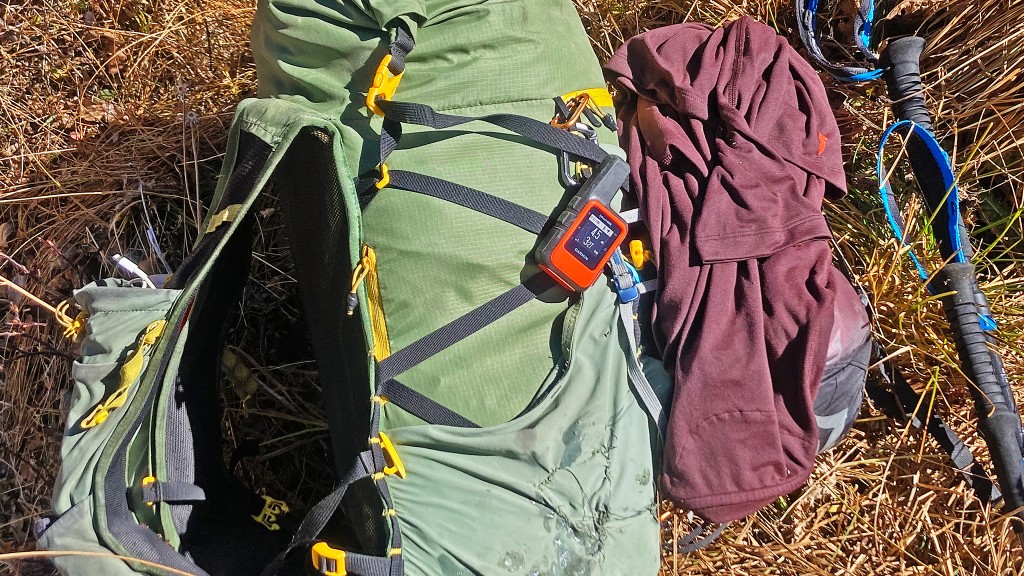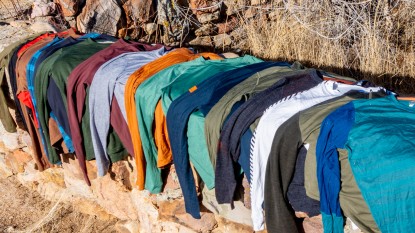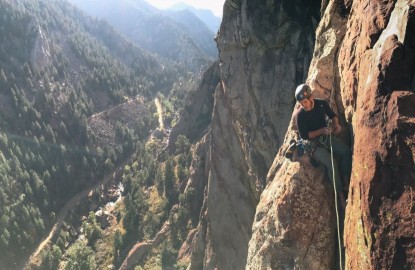Our Verdict
Our Analysis and Test Results
This impressive synthetic base layer is warm, comfortable, and beyond stretchy. We were delightfully surprised at how well it performed across the board in our tests, beating out many of its competitors. Warmer base layers exist, but nothing comes close to the features found in the Liso Top at its unbeatable price.
Performance Comparison
Warmth
We'd place the Liso Top between a light and midweight base layer in terms of warmth. In general, synthetic base layers are not as warm as wool/wool blend base layers of comparable weight. The Liso is roughly the same warmth as a 150 g/sm (thin!) wool blend top. Warmth retention is enhanced by the long torso, which you can easily tuck in, and the long sleeves that sprout thumb loops at the wrists. These thumb loops help the sleeves to stay in place and also prevent drafts between your outer layer and your gloves/mittens.
Knowing the warmth of a base layer can help you pick out what activities best fit its use. The Liso would excel as a summer backpacking base layer for chillier environments like going over a mountain range in Colorado, hugging the coast of the Pacific Northwest, or going on a Fall night run. For colder winter activities like ski touring or mountaineering, you may want to opt for a warmer base layer, as you'd still be chilly wearing this top alone in most circumstances.
Breathability
The Liso Top performed admirably in our breathability test results, especially for a thermal synthetic base layer. We tested other synthetics that performed better, but they're not necessarily made to keep you warm, just comfortable. Polyester, which the Liso is comprised of, is naturally hydrophobic, much like wool. Perspiration will wick away from the surface of your skin and be transferred to the exterior of the fabric, rather than soaking in. A soaked base layer would leave you feeling cold and clammy.
Unlike wool, polyester can start to stink if left wet due to the bacteria that grows on the material. The fabric of the Liso is treated with an anti-microbial called Polygiene, which should keep the stink at bay, even after multiple wears between washes. In our sniff test after leaving this top in our pack post-backpacking trip, there was a noticeable smell of dirty laundry, but nothing that we would call offensive, leaving us pleased enough. Thankfully, this layer's durability allows it to be washed far more often than we recommend for a wool top, making it a good choice for all-day adventures, where you're coming home to reset, like an all-day backcountry ski mission.
Comfort and Fit
The super-stretchiness of the soft, synthetic fabric will be the first thing you're going to notice about the Liso. We absolutely love it ourselves as we find it adds immensely to the comfort of this top when worn alone or underneath our mid and outer layers. The stretch alone helps minimize pinch points, constrictions, or bunching and grants your body ultimate freedom of movement while focusing on more important things, like enjoying the scenery on your ski tour.
The Liso Top is cut looser than many of the light and midweight layers we've tested and should accommodate a healthy spectrum of body types. If you have wide shoulders like our main tester: rejoice with us. Long, raglan sleeves end at very functional thumb loops that help keep these sleeves in place. Minimal, flatlock seams are found throughout this top, and gratuitous stitching is kept to a minimum to save on weight and potential chafing hot spots. We're thankful for the lack of top shoulder seams and the generous cut in the pit area. There's no drop tail hem, but the more than generous torso length and stretch of the fabric allow the base layer to function well without one. The neck is not too loose nor tight and rides comfortably right where it should.
Durability
Our harsh abrasion test is designed to quell even the toughest of materials, but the 84% recycled polyester and 16% spandex of the Liso put up an admirable fight. We found one small hole developed where the same test left gaping holes in our thickest woolies. We wouldn't hesitate suggesting wearing this top alone in all but the most abrasive of conditions.
Synthetics like the Liso usually score higher in durability, as wool is just a more delicate material — which is a great reason to choose a synthetic top over wool. That said, proper care should still be practiced. Even though the Liso Top is marked as being dryer safe, because of the high percentage of spandex, we would suggest hanging it to dry like you would a natural fiber top rather than drying it on high heat.
Drying Speed
The Liso topped our clothesline drying speed lab test thanks to its thin, synthetic fabric, which seemed happy to give up its moisture readily to evaporation. In general, synthetics dry more quickly than wool/wool blends. In the field, you can also ring out a synthetic much more aggressively than you would a wool/wool blend top without worrying about damaging the fabric. This allows you to start your hang dry with much less moisture.
We tested this in the field on a backpacking trip by washing the shirt in a creek, aggressively ringing it out, then hanging it to dry off our pack. It was dry to the touch within an hour's lunch break, which we think is a good, realistic time for a top to dry and pack back up. A synthetic shirt, like the Liso Top, won't retain as much warmth when wet when compared to wool, so the performant dry time this top is showing us in the real world is reasonable to stop you from getting chilled unexpectedly waiting for your top to dry.
Layering Ability
Our experience with layering up the Liso left us highly satisfied. The soft, brushed interior of the fabric feels good against the skin, whether we're wearing the top alone or with other layers piled on. The smoother exterior of the fabric slides under or over other layers easily, resisting hooking onto wool or fleece. The fabric's stretchiness helps minimize any pinch points that can develop when you're really layering up.
Of special note, the thumb loops on the Liso Top sports really do enhance this base layer, helping keep the extra long, extra stretchy sleeves in place. This also helps keep wrists from cold exposure when changing gloves. On a particularly cold day camping, we wore every layer we had in our sleeping bag, with the Liso as the next-to-skin layer, and couldn't have been more pleased with how comfortable we were. We chalk this up to the stretchiness of the fabric, which allows complete freedom of movement.
Should You Buy the Cotopaxi Liso Top?
If you're looking for a soft, stretchy, light to midweight synthetic base layer with good durability, then we resoundingly say, Yes!. If our glowing review doesn't persuade you, check out the MSRP and compare it to other base layers in our review to see how much value is packed into this top for the price. The only big weakness to the Liso Top is its imperfect suitability when worn in very cold situations. For that, look for a thicker and warmer base layer.
What Other Base Layers Should You Consider?
The Black Diamond Solution 150 Merino Half Zip Hoody is a great lightweight Merino wool blend baselayer with thumb loops. It has a more slim, athletic fit and isn't as stretchy as the Liso Top, but its Nuyarn fabric is stretchier than most woolies. For a warmer and much thicker synthetic top — almost a midlayer — try out the Under Armour ColdGear Base 4.0 Crew. And for an even thinner non-thermal base layer, look into the Outdoor Research Echo Long Sleeve or the REI Co-op Lightweight Long-Sleeve Crew, both of which are great tops for warmer conditions made with thin fabrics and good stretch.


